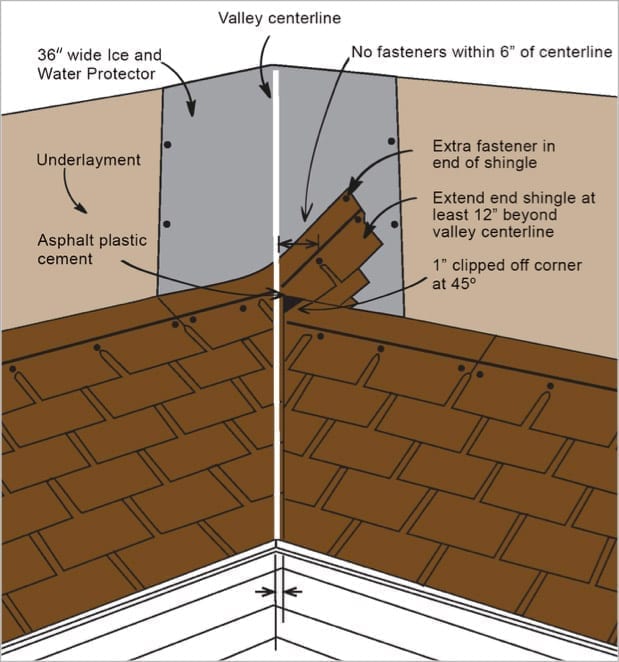How to Install Shingles
by siteadmin

The installation of roofing shingles can be a difficult task, but anyone who is knowledgeable and takes safety precautions will have no problem completing it. Installing shingles the right way is easier when you know the correct technique. You can also avoid issues like blow offs and leaks.
The manufacturer's instructions are important for exposure, offsets (the lateral space between shingles on successive courses) and nails. This will help ensure that the roof is strong enough to withstand wind damage.
Layout the Felt paper
The roofing felt is a protective layer between the roof deck, the shingles and the roll. The felt serves as a barrier to water and vapor, helping to keep it out of the roof deck. It is important to note that felt does not provide a long-term solution for your roof. It needs to be replaced at minimum every five year.
Start by securing the felt to the corner of the roof. Roll the felt out approximately 10 feet at a given time and secure it using staples or plastic washer heads. Aim to place fasteners approximately every 4-8 inches.
As you are working, make certain that the felt surface is flat. The roughness of the surface may attract moisture and create problems. Once you get to the eaves cut the felt in order to fit the metal flashing edges of the vents and pipe. Continue to roll up the felt in rows, each overlapping by three inches.
Start off with the Starter course
The starter course is called the first row, and it should include the tabs forming the self-sealing glue strip. Around any roof protrusions like chimneys or skylights, you should install metal flashing. Installed flashing should be checked for signs of rust or curling.
Begin with the eave of the roof and work up to the roof's ridge. As per the manufacturer's instructions, you can stagger shingles rows if needed.
As you reach your roof's end, install the last shingle that will cover the roof's ridge. After bending the shingle to the right, nail it down. This shingle is designed to prevent water from leaking into the peak of your roofing. The ridge vent should be installed if it is needed to finish your project.
Stagger the Shingles
There are several ways to install shingles. Each has its pros and cons. One of the more common methods is called vertical racking. It's usually quicker than other methods.
Use this method to align the chalk line of the first course with the slit edge of the previous slate. Set the next shingle 6" away from the bottom of first and nail it in place. Follow this method until you get to the ridge.
Cover any exposed nail head with roofing cement when working around vents and other obstructions. You may choose to apply a WSU band over the obstruction. It will help prevent leaks. For the best outcome, you should always follow the installation instructions that come with your shingles. For a roof to last, it is vital that you get this step correct.
Install the remainder of the Shingles
Installing the roof begins after you have removed the existing shingles. It's important to choose whether you will use a shingle nailer or to hand-nail them. This depends on the condition under the shingles of the sheathing and your comfort in working at heights.
Use the nail gun according to the instructions included on the package. The shingles may blow off if you use too little nails.
Then, when you reach ridges on your roof, bend single-tab shingles (or ridge shingles with special tabs) over them and nail them. Install the flashing around your vent opening, and then glue it down with plastic roof adhesive. Important to prevent ice and water dams. An ice and moisture membrane can be added to the ridge-vent system in order to provide additional protection against moisture.
The installation of roofing shingles can be a difficult task, but anyone who is knowledgeable and takes safety precautions will have no problem completing it. Installing shingles the right way is easier when you know the correct technique. You can also avoid issues like blow offs and leaks. The manufacturer's instructions are important for exposure,…
Recent Posts
- New Orleans Concreters Advocates for Stamped Concrete Driveways as the Ultimate Choice for Durability and Style
- Gutter Installation Jacksonville FL: Revolutionizing Home Protection
- A. Parker Contracting Emerges as Premier Roofer in Delaware: Serving Newark and Wilmington Areas with Excellence
- The Comprehensive Guide to Gutters in Jacksonville FL
- The Comprehensive Guide to Gutters in Jacksonville FL
